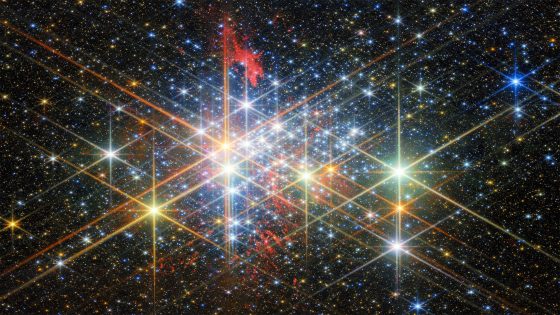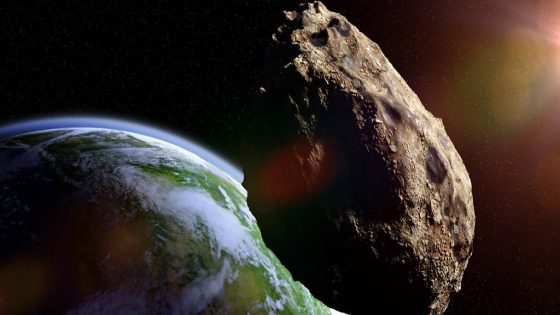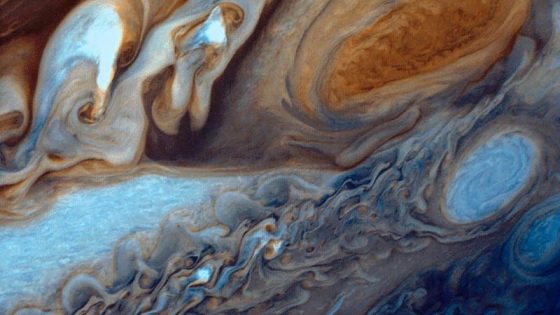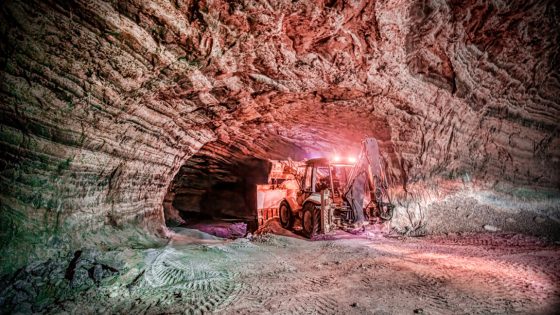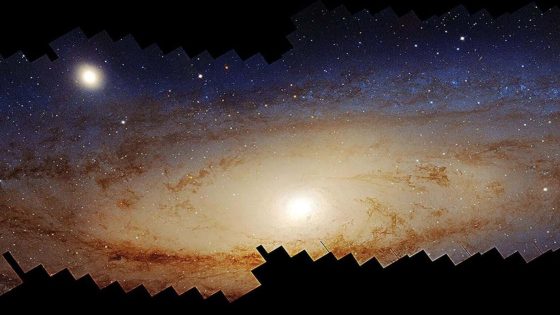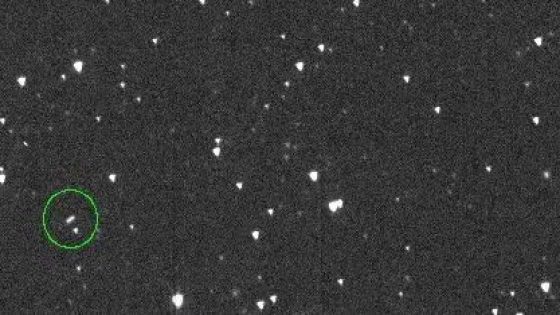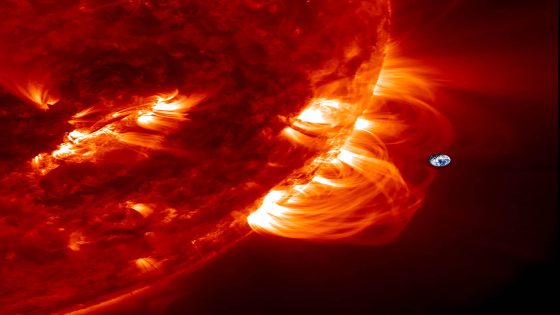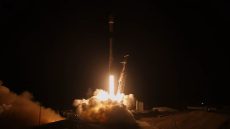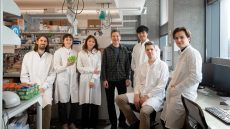A recent discovery has unveiled the largest known structure in the universe, stretching an astonishing 1.4 billion light-years. This monumental find challenges our understanding of cosmic formations and how galaxies cluster together. What does this mean for our view of the universe?
- Universe's massive formations shape cosmic understanding.
- Quipu superstructure is the largest ever measured.
- Galaxy clusters reveal unexpected cosmic details.
- Cosmological principle debated due to large structures.
- Quipu name reflects Inca knowledge systems.
- Future surveys may uncover more cosmic patterns.
On February 22, 2025, astronomers revealed the Quipu superstructure, a vast collection of galaxy clusters that reshapes our cosmic map. How did this discovery come about?
Quipu Superstructure: A Game-Changer in Cosmic Discoveries
The Quipu superstructure is a groundbreaking discovery that reshapes our cosmic understanding. How can such a vast formation exist without US noticing? This new structure, containing 68 galaxy clusters, reveals intricate patterns in the universe’s matter distribution.
Understanding the Distribution of Galaxy Clusters
The Quipu superstructure’s discovery highlights the complexity of galaxy distribution across the universe. Here are key points to consider:
- It contains 68 galaxy clusters with a mass of 2.4 × 1017 solar masses.
- Its size surpasses the previously largest known structure, the Sloan Great Wall.
- The structure spans a distance of 1.4 billion light-years.
- It challenges existing theories about the uniformity of matter in the universe.
What is the Quipu Superstructure?
The Quipu superstructure, named after the Incan system of knotted strings, is a long strand of galaxy clusters that resembles intertwined threads. This discovery not only sets a new size record for cosmic structures but also offers insights into how galaxies are organized in the universe. Why is this important? It helps scientists understand the evolution of cosmic formations and their impact on cosmic expansion.
Implications for Cosmology and the Universe
This discovery has profound implications for our understanding of cosmology. The Quipu superstructure’s existence raises questions about the cosmological principle, which suggests that matter should be evenly distributed across vast distances. The findings could lead to a reevaluation of how we interpret cosmic data and the universe’s expansion rates. Could this mean our current models need updating?
Future Discoveries and Cosmic Mapping
The Quipu superstructure opens the door for future discoveries. As astronomers continue to map the universe, they may uncover more structures that challenge existing theories. This ongoing exploration reflects humanity’s quest to understand our place in the cosmos. What other secrets might the universe hold?



